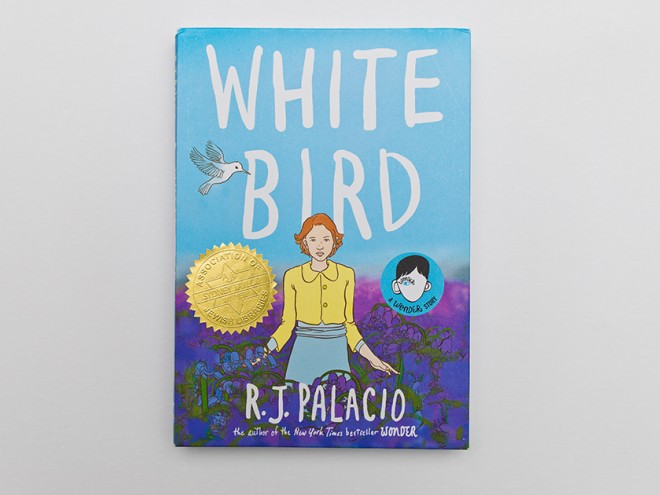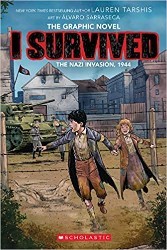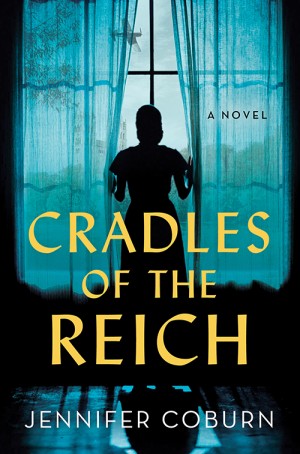Holocaust literature for young readers reflect an internal tension: is the work specifically about the history of the Jewish people’s near-annihilation, or, more broadly, about the choice between collaboration and resistance when outsiders are confronted with attacks on a marginalized group? In her works, Wonder and Auggie and Me, R.J. Palacio examined the issues of bullying and difference through the lens of disability, using her authorial voice to directly encourage empathy. In White Bird, she has written and drawn a powerful graphic novel, continuing her exploration of victims, perpetrators, and bystanders, this time under the conditions of Nazi-occupied France. An ambiguous tangle of surrender and resistance characterized the population’s response to the Germans’ assault on their country and on their Jewish neighbors. Out of this moral confusion, Palacio has created unforgettable characters whose suffering and despair parallel their strengths and determination. The book’s title and epigraphs come from Jewish American poet Muriel Rukeyser, whose series of “Elegies” was inspired by the dislocations of the twentieth century. Palacio’s novel, itself an elegy for those lost, is a tribute to survivors; humans may be trapped like birds or soar to freedom.
The book begins with an accessible introduction. Julian, whose backstory Palacio introduced in Auggie and Me, is video chatting with his grandmother in France, asking her to help him with a school project about his family history. At first, she is hesitant, but then she resolves to share with him all which she had kept to herself over the years. There is nothing contrived about this narrative frame. The understatement of her words may be due to her reluctance as a grandmother to discuss suffering as well as the speech patterns of a non-native speaker of English. Palacio and Czap’s artwork is as subtly evocative as the text, portraying an elegant older woman whose lined face and dignified dress give her quiet authority. Throughout the book, line and color of varying intensity match with words ranging from poetic to mundane, producing a quietly stunning impact.
Julian’s grandmother, Sara Blum, narrates her life story, beginning with a fairy-tale account of accomplished parents and a life of comfortable affluence in a town so lovely that it seems mythical. When her classmates ridicule their schoolmate Julien, a polio survivor, she does not actively participate nor does she condemn their cruelty. Soon enough, the fact that she is a Jew will make her the object of even more dehumanizing attacks. At every point in the narrative, Palacio refuses to draw simplistic conclusions or to suggest that victims must be morally perfect. Sara’s developing relationship with Julien is shaded with nuance as it is both the story of two teenagers’ deepening attachment to one another and a portrayal of the horrifying context of their circumstances. In some panels, they talk and laugh together in a private world of deep communication while in other dramatic segments, the cruelty of their tormentors intrudes in violent imagery. There are fantastic scenes of vibrant color where the transcendence of their fate seems a real possibility. At the same time, highly detailed allusions to the period, including newspaper headlines, support the story’s historical accuracy.
In addition to an “Author’s Note,” the book includes extensive historical background material, lists of resources, and a richly detailed “Glossary.” Literary critic Ruth Franklin offers an insightful “Afterword,” placing the novel in the context of Holocaust literature. All of the additional material promotes the idea of standing up against oppression, no matter the target, while also focusing on the unique experiences of the Jewish people and on those who chose to protect them.
Although a few of the images might be intense for younger readers, White Bird is highly recommended and there is no upper age limit for this distinctive and profound work.
Emily Schneider writes about literature, feminism, and culture for Tablet, The Forward, The Horn Book, and other publications, and writes about children’s books on her blog. She has a Ph.D. in Romance Languages and Literatures.




